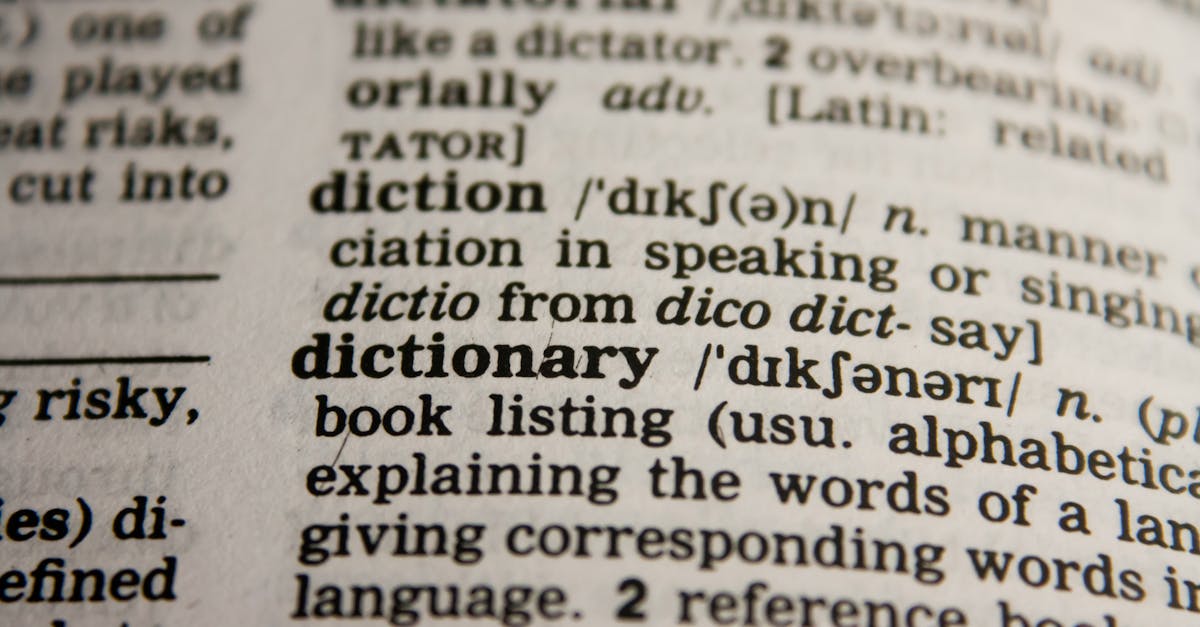Introduction: Laying the Scene
Large Language Models (LLMs) will be the main force behind the revolutionary developments taking place in the nexus of artificial intelligence (AI) and education by 2024. These cutting-edge AI technologies are starting to transform the way we study and teach in a number of educational contexts. It is evident as we explore this subject that LLMs have a considerably larger influence than just novelty; they are poised to fundamentally change the educational landscape.
Content: LLMs in Education
Integration of AI in Education
AI is being included into many aspects of teaching and learning in the fast changing educational scene of today. Technology is improving educational experiences and results with everything from adaptive learning systems to smart classrooms. Because LLMs can process and produce language that sounds human, they present a hopeful future. Their applications, which include automated grading and feedback and customized learning experiences, increase accessibility and efficiency of education.

Personalized Learning
Innovating applications of LLMs are being made in the field of education. A major use is individualized education. LLMs can customize instructional content to each student’s speed and learning style by examining individual student data. In addition to raising student engagement, this customisation raises learning results. Effective language learning is achieved, for example, by AI-powered systems like Duolingo that customize lessons to the student’s progress.
Automated Feedback and Grading
An other important use of LLMs is in automated feedback and grading. While subjective and time-consuming traditional grading can be, LLMs can assess assignments and offer quick, unbiased comments. Teachers save time using this technology, and it also guarantees that pupils get helpful criticism right away, which is crucial for their learning.
Challenges of LLMs in Education
It is not without difficulties, though, to include LLMs into teaching. Accuracy and dependability of the content produced by AI are two main worries. LLMs can yield remarkable results, but they are not perfect and occasionally they can create skewed or inaccurate data. Thus, to guarantee high-quality education, educators must supervise and verify the AI outputs.

Case Studies and Insights
Educators, students, and specialists who were early users of LLMs in education have gained insightful knowledge. The kids’ higher motivation and engagement have been one major accomplishment. Better educational results result from students having more relevant and pleasurable learning experiences.
Encouraging Critical Thinking and Creativity
Unexpectedly, one finding regarding the application of LLMs in teaching is that they encourage students’ critical thinking and creativity. Students that use AI become active participants in a more dynamic learning process rather than only passive consumers of knowledge. Students’ ability to generate ideas, write essays, and tackle difficult problems can all be improved by using LLMs.
Conclusion: Embracing AI in Education
To sum up, there will be significant obstacles as well as fascinating prospects when LLMs are included into education in 2024. These AI tools might transform student creativity, automate administrative chores, and revolutionize individualized instruction. But effective execution needs close supervision, continuous verification, and a dedication to tackling the arising moral and practical issues.





